Tips for Staying Safe and Sea-Ready on Deep Water Charters
Venturing into the vast expanse of the open ocean on a deep water charter offers an exhilarating experience unlike any other. Whether you’re pursuing trophy fish, observing marine wildlife, or simply enjoying the serenity of deep waters, safety must remain your top priority. The ocean, while magnificent, can be unpredictable and unforgiving. Proper preparation, knowledge, and adherence to safety protocols can make the difference between an unforgettable adventure and a dangerous situation. This comprehensive guide provides essential tips to ensure you remain safe and sea-ready during your deep water charter expedition, allowing you to focus on the incredible experiences that await beyond the shoreline.
Understanding Weather Conditions Before Departure
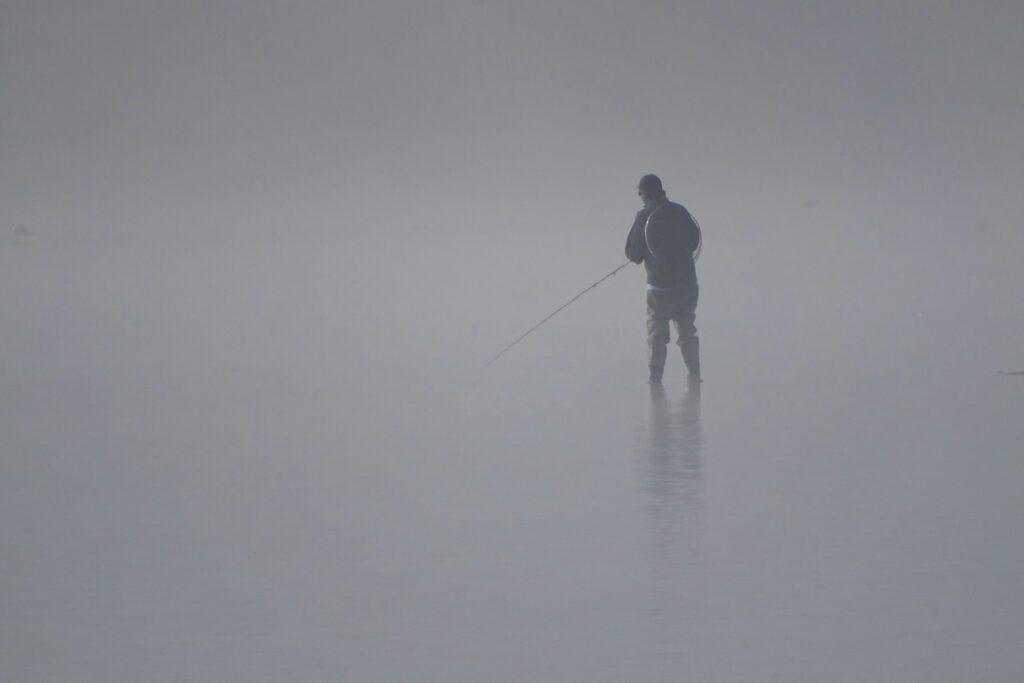
Weather at sea can change dramatically and with little warning, making it crucial to check forecasts thoroughly before embarking on your charter. Pay particular attention to wind speeds, wave heights, and potential storm systems that could develop during your planned time on the water. Many reliable marine weather services provide specialized forecasts for offshore areas that are more detailed than general weather reports. Consider downloading weather apps specifically designed for mariners that provide real-time updates and alerts while you’re at sea. Remember that conditions that seem manageable near shore can intensify significantly in deeper waters, so always err on the side of caution when interpreting weather predictions.
Essential Safety Equipment to Verify
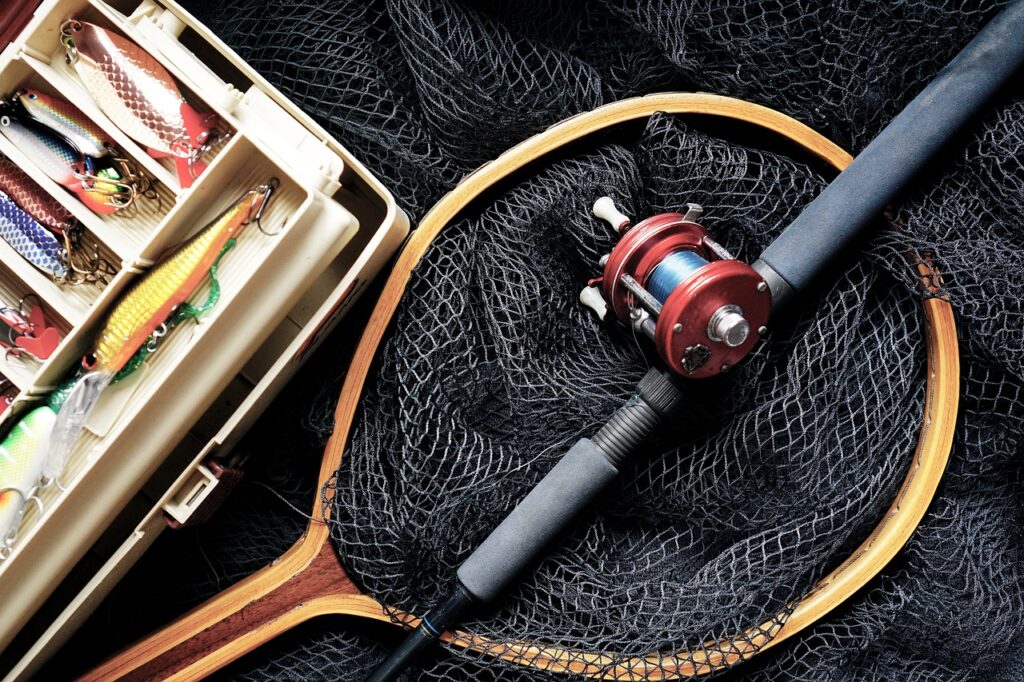
Before departing on any deep water charter, familiarize yourself with the vessel’s safety equipment and ensure everything is present and functional. Life jackets should be readily accessible for everyone onboard, properly sized, and in good condition with no tears or damaged buckles. Confirm the presence of visual distress signals such as flares, as well as fire extinguishers that are within their service date. The charter should have functional emergency position indicating radio beacons (EPIRBs), life rafts, and first aid kits. Additionally, take note of the location of throwable flotation devices, which can be crucial in man-overboard situations. Many charter companies conduct a safety briefing before departure, but if they don’t, request one to ensure you understand how to use all emergency equipment.
Dressing Appropriately for Changing Conditions

Layering is the key strategy for dressing on deep water charters, as temperatures can vary significantly throughout the day, especially when moving between sun-exposed and shaded areas of the boat. Start with moisture-wicking base layers that keep perspiration away from your skin, followed by insulating mid-layers that can be added or removed as needed. Your outer layer should be waterproof and windproof to protect against spray, rain, and wind chill that can be significantly stronger on open water. Footwear deserves special consideration – non-marking, non-slip shoes with good traction are essential for maintaining stability on potentially wet and moving decks. Remember that even on cloudy days, UV radiation is intensified by reflection off the water’s surface, making sun protection including hats, sunglasses, and high-SPF sunscreen absolutely essential.
Preventing and Managing Seasickness

Seasickness can quickly transform an exciting adventure into a miserable experience, making prevention crucial for enjoying your time on deep water. If you’re prone to motion sickness, consider taking over-the-counter medications like dimenhydrinate or meclizine 30-60 minutes before departure, or explore options like prescription scopolamine patches that can provide longer relief. Natural remedies such as ginger supplements, pressure point wristbands, and peppermint oils work well for some individuals and have fewer side effects. Once aboard, position yourself where the motion is least noticeable – typically the center of the boat near water level – and keep your eyes fixed on the horizon rather than focusing on moving objects or looking down at your phone or reading material. Staying hydrated and avoiding heavy, greasy foods or excessive alcohol before and during your trip can significantly reduce your susceptibility to seasickness.
Communication Protocols and Emergency Procedures
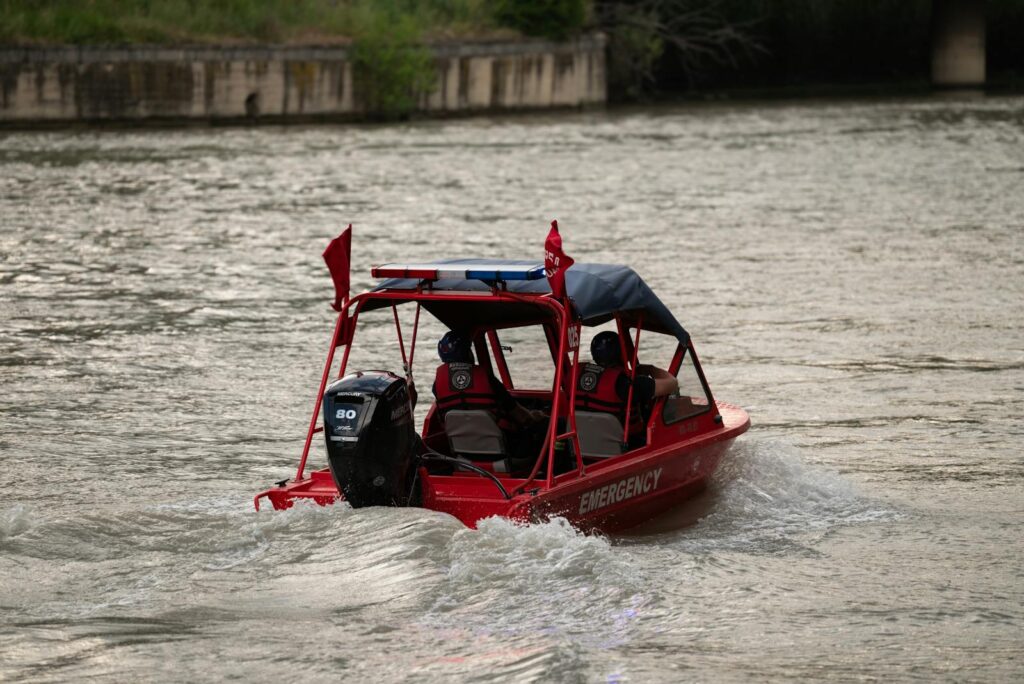
Understanding the vessel’s communication systems and emergency procedures is fundamental to safety during deep water excursions. Familiarize yourself with the location and operation of marine radios, including how to make distress calls on Channel 16 (156.8 MHz), the international maritime distress frequency. Many charter boats are equipped with satellite phones for areas beyond VHF radio range, so know how to access and operate this equipment if available. Take note of the vessel’s call sign and current position throughout the trip, as this information is critical during emergency communications. Equally important is understanding the charter’s specific procedures for fire, flooding, or man-overboard situations, including muster stations where passengers should gather during emergencies. Remember that in serious emergencies, the captain’s instructions should be followed immediately and without question, as their experience and training are designed for exactly these scenarios.
Proper Hydration and Nutrition at Sea
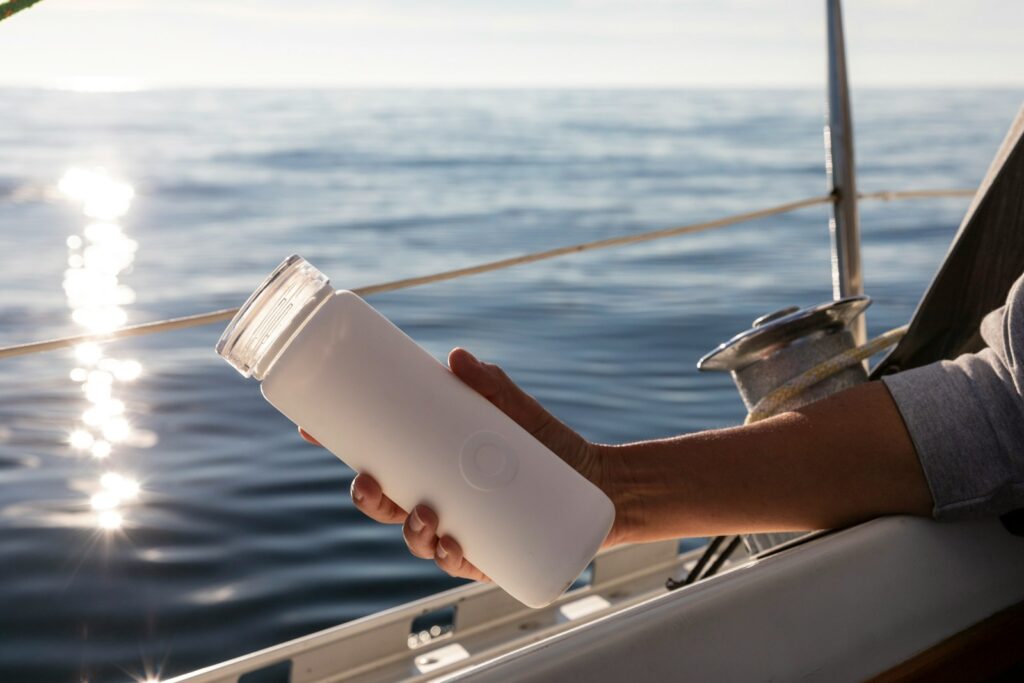
The combination of sun exposure, wind, and salt air can dramatically accelerate dehydration while at sea, making consistent fluid intake essential. Pack more water than you think necessary, aiming for at least one gallon per person per day, and drink regularly even if you don’t feel thirsty. Sports drinks containing electrolytes can help replace minerals lost through perspiration, particularly during hot weather or physically demanding fishing activities. For nutrition, focus on foods that provide steady energy without causing digestive discomfort – complex carbohydrates, lean proteins, and healthy fats are ideal choices. Avoid excessive alcohol consumption, which not only accelerates dehydration but impairs judgment and balance – two faculties you cannot afford to compromise on a moving vessel in deep water. Small, frequent meals tend to be better tolerated than large ones, especially for those with any tendency toward seasickness.
Safe Movement and Positioning on the Vessel

Moving safely on a vessel in deep water requires constant awareness and proper technique to prevent falls and injuries. Always maintain at least one point of contact with the boat – preferably three points (two hands and one foot, or two feet and one hand) when moving during rough conditions. Avoid walking on wet surfaces whenever possible, and never run on board regardless of how exciting the fishing action might be. When seated, position yourself securely with your weight centered and lowered, particularly in choppy conditions where sudden waves can cause unexpected movement. Be mindful of the “one hand for you, one hand for the boat” rule, meaning always keep one hand available to grasp a secure part of the vessel. During fishing activities, be aware of where others are casting and maintain safe distances from hooks, lines, and other equipment that could cause injury during the boat’s natural motion.
Understanding and Respecting Marine Wildlife

Encountering marine wildlife is often a highlight of deep water charters, but these experiences must be managed with safety and conservation in mind. Maintain appropriate distances from all marine creatures, following established guidelines such as staying at least 100 yards from whales and 50 yards from dolphins or sea turtles in most jurisdictions. Never attempt to touch, feed, or otherwise interact with marine animals, as this can alter their natural behaviors and potentially create dangerous situations. Be particularly cautious around certain species of sharks, rays, and fish with venomous spines that may be encountered during fishing activities. If fishing is part of your charter, understand proper catch-and-release techniques to minimize stress and injury to fish that will be returned to the water. Remember that you are a visitor in their environment, and responsible observation not only protects the wildlife but ensures these encounters remain possible for future generations.
Managing Sun Exposure and Preventing Heat-Related Illness

The reflective properties of water significantly intensify sun exposure, making protection against UV radiation essential during deep water charters. Apply broad-spectrum sunscreen with SPF 30 or higher to all exposed skin at least 15 minutes before sun exposure, and reapply every two hours or immediately after swimming or excessive sweating. Supplement sunscreen with physical barriers like wide-brimmed hats, polarized sunglasses with UV protection, and UPF-rated clothing that covers as much skin as possible. Seek shade whenever available, particularly during peak sun hours between 10 AM and 4 PM. Remain vigilant for early signs of heat-related illness such as excessive sweating, fatigue, dizziness, or headache, which can progress rapidly to more serious conditions like heat exhaustion or heat stroke if not addressed promptly with cooling measures and hydration. The combination of sun, wind, and excitement can mask these symptoms until they become severe, making regular self-assessment important.
Proper Handling of Fishing Equipment
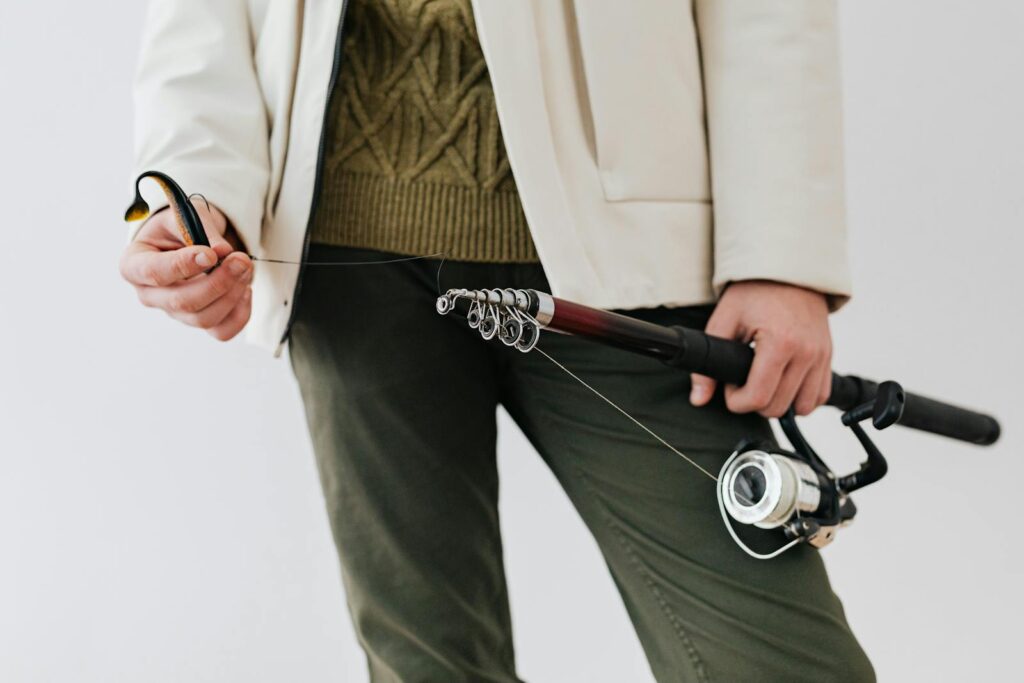
Fishing equipment on deep water charters tends to be substantial, designed for large species and challenging conditions, requiring proper handling techniques for both effectiveness and safety. Familiarize yourself with the specific rods, reels, and tackle being used, asking the crew for demonstrations if you’re unfamiliar with any equipment. When casting, maintain awareness of others around you and avoid crowding fellow anglers, particularly during active fights with fish. Hooks, gaffs, and fishing knives present significant hazard risks on a moving vessel, so always keep sharp objects pointed away from yourself and others, and secure them properly when not in use. Heavy-duty fishing can cause strain injuries, so use proper form when fighting fish – let the rod do the work by keeping it bent, use your legs rather than your back for leverage, and don’t be hesitant to use a fighting belt or chair for larger species that may require extended battles.
Maintaining Balance and Preventing Falls

Falls represent one of the most common injuries on vessels, particularly in deep water where wave patterns can create unpredictable motion. Develop what mariners call “sea legs” by keeping your knees slightly bent, feet shoulder-width apart, and your center of gravity lowered when standing. Anticipate the boat’s movement by watching wave patterns and being prepared for sudden shifts, particularly when transitioning between different areas of the vessel. When seated, position yourself securely with your weight centered and, if possible, with your back against a stable surface. Be particularly cautious when moving around during fishing activities, when excitement can lead to carelessness about secure footing. Wear appropriate footwear with non-slip soles and good ankle support, avoiding flip-flops or sandals that offer minimal traction and can easily catch on deck fixtures.
Understanding Charter Crew Responsibilities and Instructions
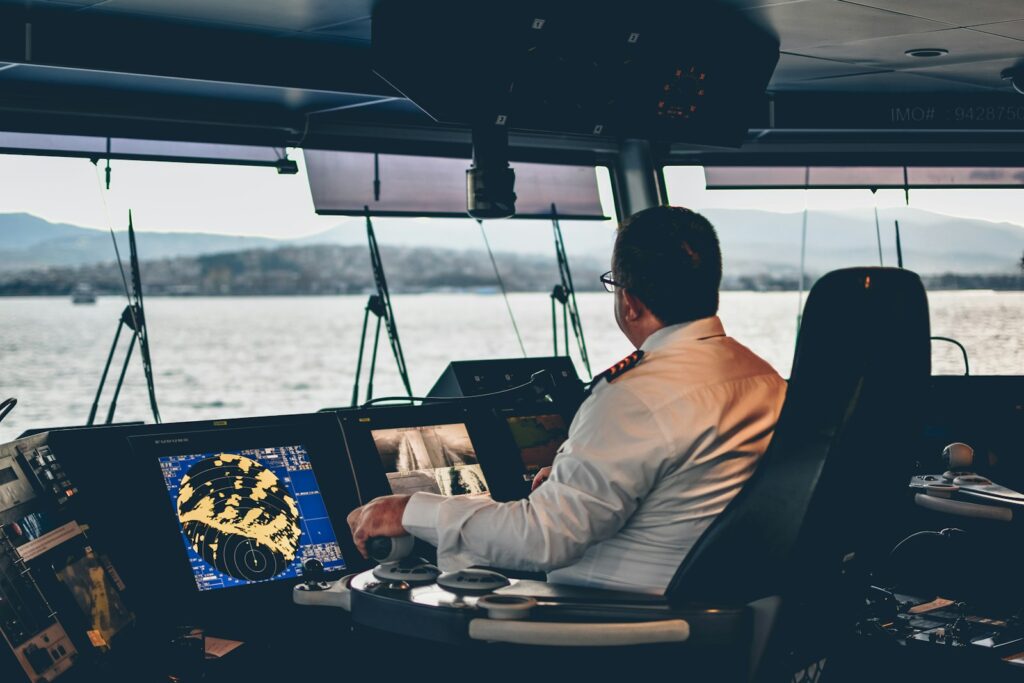
The charter crew’s primary responsibility is ensuring the safety and enjoyment of all passengers, making their instructions critical to follow without exception. Pay close attention during pre-departure safety briefings, asking questions about anything that seems unclear regarding emergency procedures, equipment usage, or vessel-specific protocols. Understand the hierarchy of command on the vessel, recognizing that the captain’s decisions regarding weather, fishing locations, and safety procedures are final and based on experience and training. Communicate any personal medical conditions, mobility issues, or concerns to the crew before departure so they can make appropriate accommodations and be prepared to assist if necessary. Recognize that charter crews manage multiple responsibilities simultaneously – from navigation and fishing guidance to passenger safety and equipment maintenance – so patience and cooperation from passengers significantly contribute to a safe and enjoyable experience for everyone aboard.
Preparing for Remote Location Challenges

Deep water charters often operate in areas far from immediate assistance, creating unique challenges that require specific preparation. Ensure your mobile phone is fully charged before departure and consider bringing a portable battery pack, though be aware that cellular service may be limited or non-existent once you’re offshore. If you have medical conditions requiring medication, bring more than you anticipate needing in waterproof containers, and inform at least one crew member about any conditions that could require emergency intervention. Consider the limitations of medical assistance in remote waters – even with radio or satellite communication, professional medical help could be hours away, making prevention of injuries and illnesses particularly important. Pack essential items in waterproof bags or containers to protect them from spray, unexpected waves, or rain, with special attention to protecting identification documents, medications, and communication devices from water damage.
## Conclusion
Deep water charters offer extraordinary opportunities to experience the majesty of the open ocean, whether through the thrill of offshore fishing or the wonder of observing marine ecosystems far from shore. By prioritizing safety through proper preparation, appropriate gear, and adherence to established protocols, you maximize not only your security but also your enjoyment of these adventures. The ocean demands respect but rewards it with unforgettable experiences. Remember that safety at sea is a shared responsibility between charter operators and guests, with communication being the foundation of this partnership. Armed with knowledge, preparation, and a healthy respect for the marine environment, you’re ready to embrace the unique experiences that await in the deep waters beyond the horizon.














Post Comment